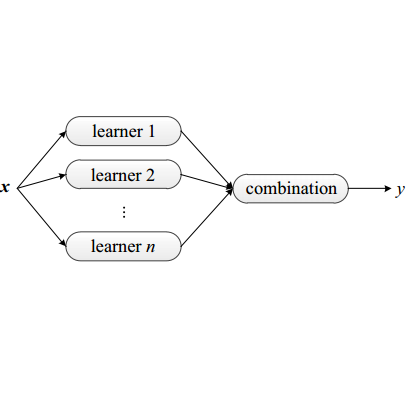Due to the sweeping digitalization of processes, increasingly vast amounts of time series data are being produced. Accurate classification of such time series facilitates decision making in multiple domains. State-of-the-art classification accuracy is often achieved by ensemble learning where results are synthesized from multiple base models. This characteristic implies that ensemble learning needs substantial computing resources, preventing their use in resource-limited environments, such as in edge devices. To extend the applicability of ensemble learning, we propose the LightTS framework that compresses large ensembles into lightweight models while ensuring competitive accuracy. First, we propose adaptive ensemble distillation that assigns adaptive weights to different base models such that their varying classification capabilities contribute purposefully to the training of the lightweight model. Second, we propose means of identifying Pareto optimal settings w.r.t. model accuracy and model size, thus enabling users with a space budget to select the most accurate lightweight model. We report on experiments using 128 real-world time series sets and different types of base models that justify key decisions in the design of LightTS and provide evidence that LightTS is able to outperform competitors.
翻译:由于流程的大规模数字化,正在产生越来越多的时间序列数据。准确的这种时间序列分类有助于多个领域的决策。最先进的分类准确性往往是通过混合学习实现的,这些学习的结果来自多个基础模型。这一特征意味着共同学习需要大量的计算资源,防止在资源有限的环境中使用,例如在边缘设备等。为了扩大共同学习的应用范围,我们提议了将大型聚合成轻量模型的LightTS框架,同时确保竞争性的准确性。首先,我们提议了适应性混合蒸馏法,为不同的基础模型分配适应性加权,例如它们不同的分类能力有目的地有助于轻量模型的培训。第二,我们提议了确定Pareto最佳环境(w.r.t.),模型准确性和模型大小的方法,从而使拥有空间预算的用户能够选择最精确的轻量模型。我们报告使用128个真实世界时间序列和不同类型基础模型进行实验的情况,这些模型在LightTS的设计中可以证明关键决定的合理性,并提供证明LightTS能够超越竞争对手的证据。</s>




